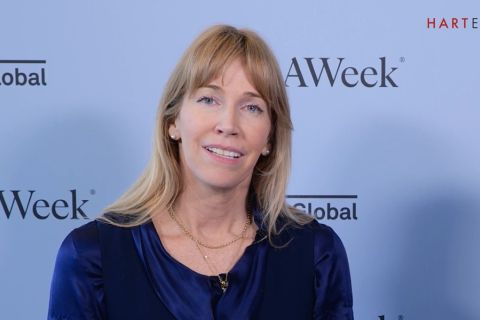The U.S. could help Hungary diversify away from Russian energy by encouraging Exxon Mobil Corp. to proceed with long-stalled plans to develop the Domino-1 gas field in the Black Sea, Hungary’s foreign minister said Feb. 7.
Foreign Minister Peter Szijjarto discussed diversification of Hungary’s natural gas imports with U.S. Secretary of Energy Rick Perry on Feb. 6, the ministry said on Feb. 7.
He asked Perry to do what he could to facilitate the start of production from Domino-1 which is controlled by Exxon and Romania’s Petrom, a subsidiary of Austrian firm OMV.
Discovered off Romania in 2012 with estimated gas reserves of 1.5-3 trillion cubic feet, the companies have since sought greater clarity from Romanian authorities before developing the field.
Exxon said in January it was continuing to evaluate the project, pinning its final investment decision on factors including “competitive and stable fiscal terms for existing offshore concessions for the duration of the agreements.”
OMV CEO Rainer Seele said on Feb. 6 that the company was in dialogue with the Romanian government over the project, which is expected to cost a billion euros.
Szijjarto said it was in Hungary’s strategic interest that the consortium make the investment required to produce the gas and that Hungary has access to this new source of energy.
Hungary could import the gas via a pipeline Romania is building from the Black Sea through an interconnector between the two countries, which will be capable of handling reverse flows, Szijjarto was quoted by the ministry as saying.
In November, Perry called on Hungary and its neighbors to reject Russian gas pipelines which Washington says are being used to cement Moscow’s grip on central and eastern Europe.
Import-reliant Hungary gets most of its gas from Russia and Russian firm Rosatom is involved in a 12.5 billion euro (US$14 million) expansion of Hungary’s Paks nuclear power plant, the country’s main domestic source of electricity.
Last year Hungary agreed to buy 4 billion cubic meters of natural gas from Russia in 2020.
Recommended Reading
Xerion CEO: Battery Industry Infrastructure Buildout Must be Holistic
2024-04-12 - John Busbee, CEO and co-founder of Xerion Advanced Battery Corp. tells Jordan Blum, Hart Energy’s editorial director, that the whole battery industry must advance at the same time in order to be successful.
Schneider Electric’s Heather Cykoski: Infused AI is Everywhere
2024-04-09 - Schneider Electric puts sensors in the technology it provides customers, creating the ability to gather data, predict operations and drive efficiency.
AI Copilot, Not Captain: Pragmatic Cybersecurity to Protect Grid
2024-04-01 - AI experts at CERAWeek by S&P Global issued a wake-up call for the energy sector, suggesting AI could help secure critical infrastructure in a hostile geopolitical landscape.
Gas Executives: US Pipe Dreams ‘Not Dead,’ but Challenging
2024-03-27 - Regulators could pivot as “market signals that may come may be worse than regulators are looking for,” Sempra Infrastructure’s president of LNG said.




